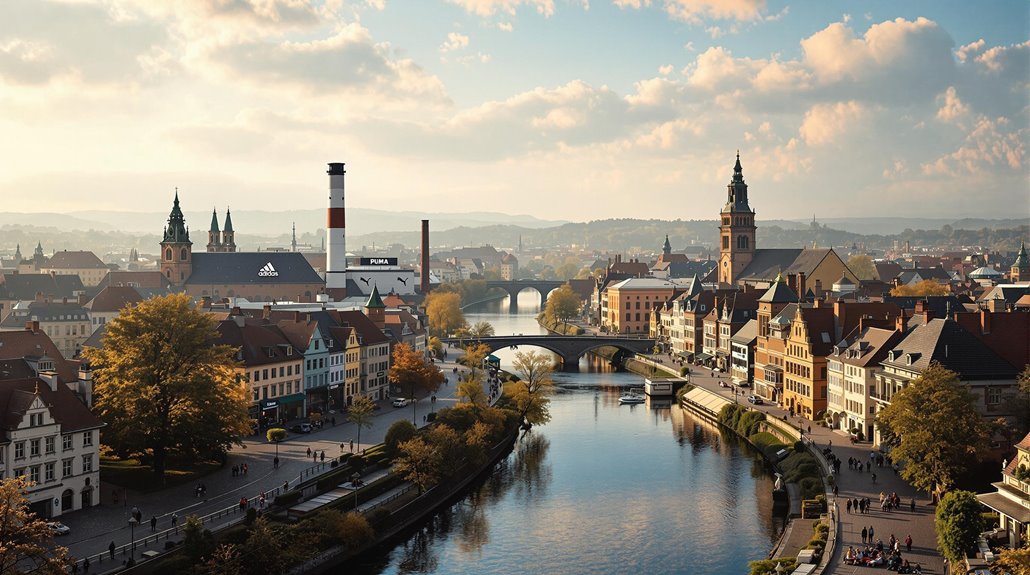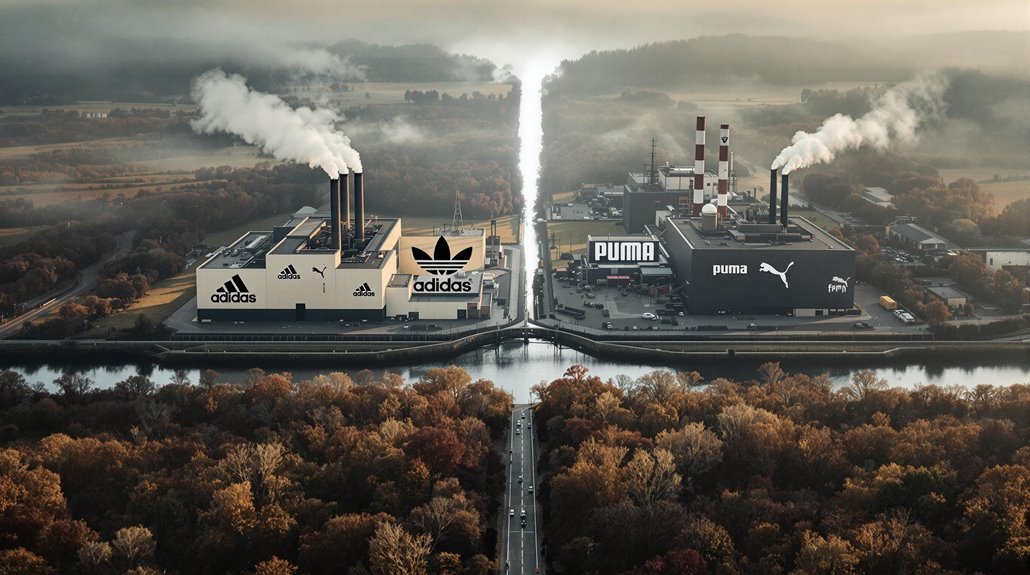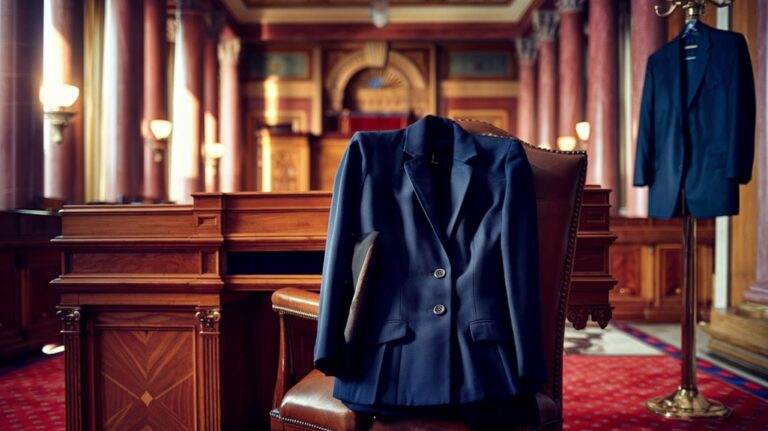A Family Feud That Gave the World Adidas and Puma
You've heard of Adidas, and you've heard of Puma, but you might not know the bitter family drama that birthed these athletic empires. What began as a modest shoe business between two German brothers in the 1920s transformed into one of the most intense corporate rivalries in history. Their falling out didn't just split a family—it divided an entire town and sparked a competition that would revolutionize how athletes compete and how we think about sportswear today.
The Brothers Behind the Brands
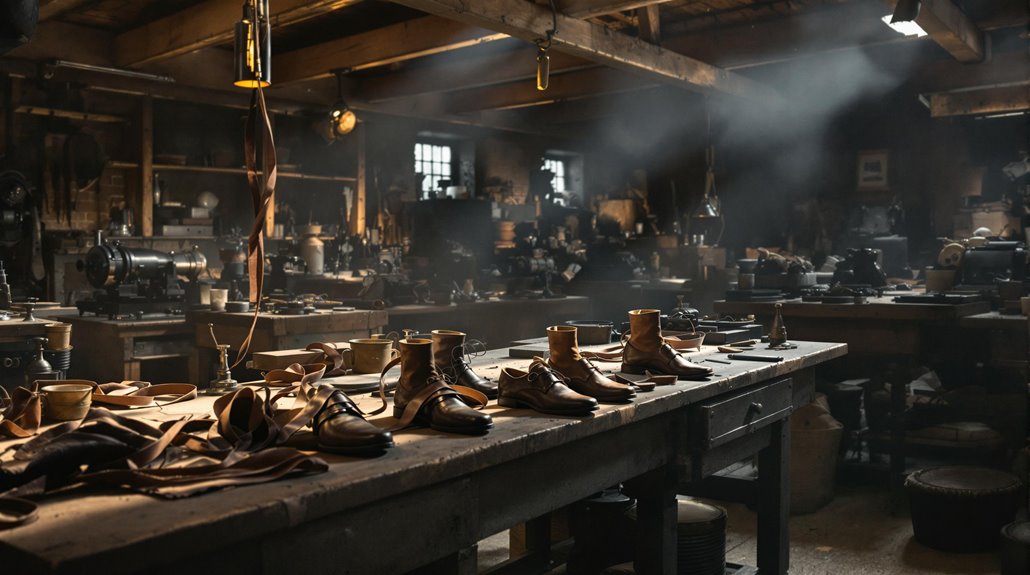
While most people today recognize Adidas and Puma as fierce competitors, these iconic brands emerged from the shared history of two German brothers. Born in Herzogenaurach, Bavaria, Adolf "Adi" Dassler and his older brother Rudolf "Rudi" grew up in a middle-class family where their father worked as a shoemaker.
Their brotherly competition and entrepreneurial spirit led them to establish Gebrüder Dassler Schuhfabrik in 1924. Starting in their mother's laundry room, they built a successful athletic footwear company by combining their unique strengths. The brothers achieved their first major breakthrough when athlete Lina Radke won gold wearing their track shoes in 1928.
Adi's creative genius in shoe design complemented Rudolf's exceptional sales abilities. Their collaboration produced remarkable results, including Olympic success stories like Jesse Owens' victories in 1936 and numerous medals won by athletes wearing their innovative shoes. After World War II, their relationship deteriorated following a heated argument in a bomb shelter confrontation, which would eventually lead to their business split.
The Breaking Point: From Partnership to Rivalry
Although the Dassler brothers built their shoe company on shared ambitions, World War II shattered their partnership forever.
The breaking point emerged when Rudolf served in the Wehrmacht while Adi remained to run their factory, creating tension in their family dynamics. Post-war tensions escalated when Rudolf was imprisoned for his Nazi connections.
A pivotal moment occurred during a 1943 bombing raid when Adi's comment about "dirty bastards" was misinterpreted by Rudolf as an insult toward his family, deepening their rift.
By 1948, the brothers' relationship had deteriorated so much that they split their company into two rival firms, with Rudolf founding Puma and Adolf establishing Adidas.
A Divided Town's Story
The rivalry transformed the town's culture, splitting everything from sports clubs to local businesses.
If you lived north of the river, you'd support ASV Herzogenaurach and wear Adidas.
South of the river meant cheering for FC Herzogenaurach in your Puma shoes.
The brothers' post-war split created a deep division that would last for generations.
The economic impact ran deep, with families relying on employment from either company while maintaining strict social boundaries.
Even dating across company lines was frowned upon.
Local shops, bars, and services became exclusively aligned with one brand or the other, creating parallel communities within a single town.
The brothers started their business making shoes in their mother's laundry room, marking the humble beginnings of these global brands.
Racing for Athletic Dominance
As Adidas and Puma emerged from their family split, both companies raced to dominate the athletic footwear market through distinct strategies.
Adidas focused on team sponsorships and technical excellence, becoming the official supplier to the West German national team and producing shoes at nearly four times Puma's rate in the 1960s. The company's success was amplified by their three stripes logo that became instantly recognizable worldwide.
Puma's innovation strategies centered on signing star athletes like Eusebio and Pelé, leading to the successful launch of their Puma King shoes. Their marketing tactics proved effective, as shown by their recent 28% growth in 2022.
Both companies invested heavily in technological advancement, with Adidas developing Boost cushioning while Puma created Nitro Foam. The success of this innovation is particularly evident in Adidas's recent surge, driven by retro sneaker demand.
The rivalry pushed them to constantly improve their products, leading to numerous patent disputes and an endless cycle of competitive innovation to capture market share.
The Global Sportswear Legacy
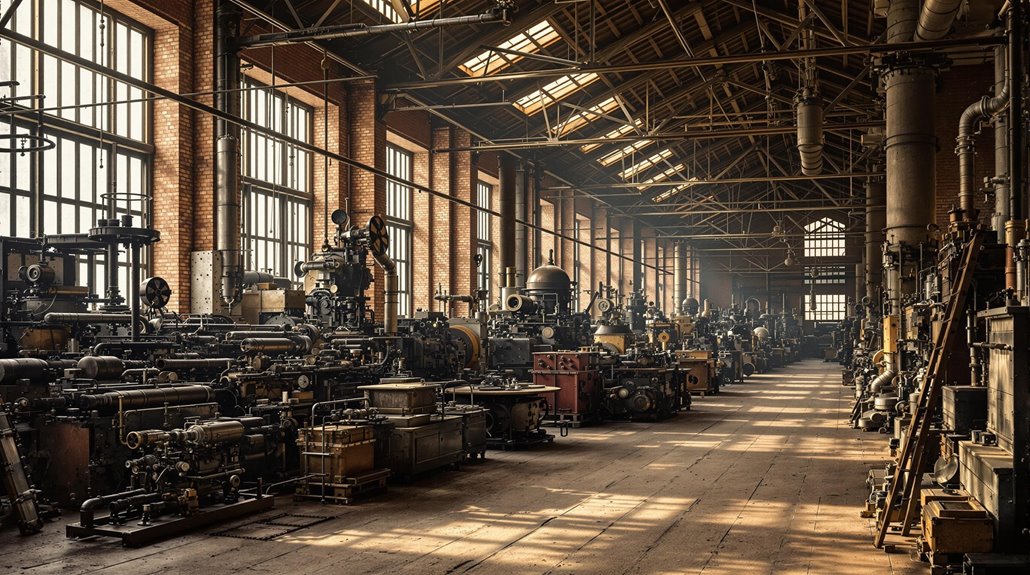
Through decades of fierce competition, Adidas and Puma have transformed from small German shoe manufacturers into global sportswear giants, collectively capturing over 10% of the $396 billion market in 2023.
You'll find Adidas leading with an 8% share, while Puma holds 2.6%, both expanding well beyond their footwear roots into extensive athletic apparel lines.
Their legacy extends through sustainable innovation, with Adidas pioneering technologies like ClimaCool ventilation and 3D-printed Futurecraft midsoles, while Puma excels in stylish sports footwear design.
Cultural collaborations have shaped their global appeal – from Adidas's partnerships with Stella McCartney and Run-D.M.C. to Puma's game-changing Pelé marketing.
Though Nike dominates North America, both brands maintain strong European presence and continue driving the industry's evolution through technological advancement and cultural relevance. The companies' origins can be traced back to the Dassler brothers' split, which transformed their initial family business into two competing sportswear empires.

